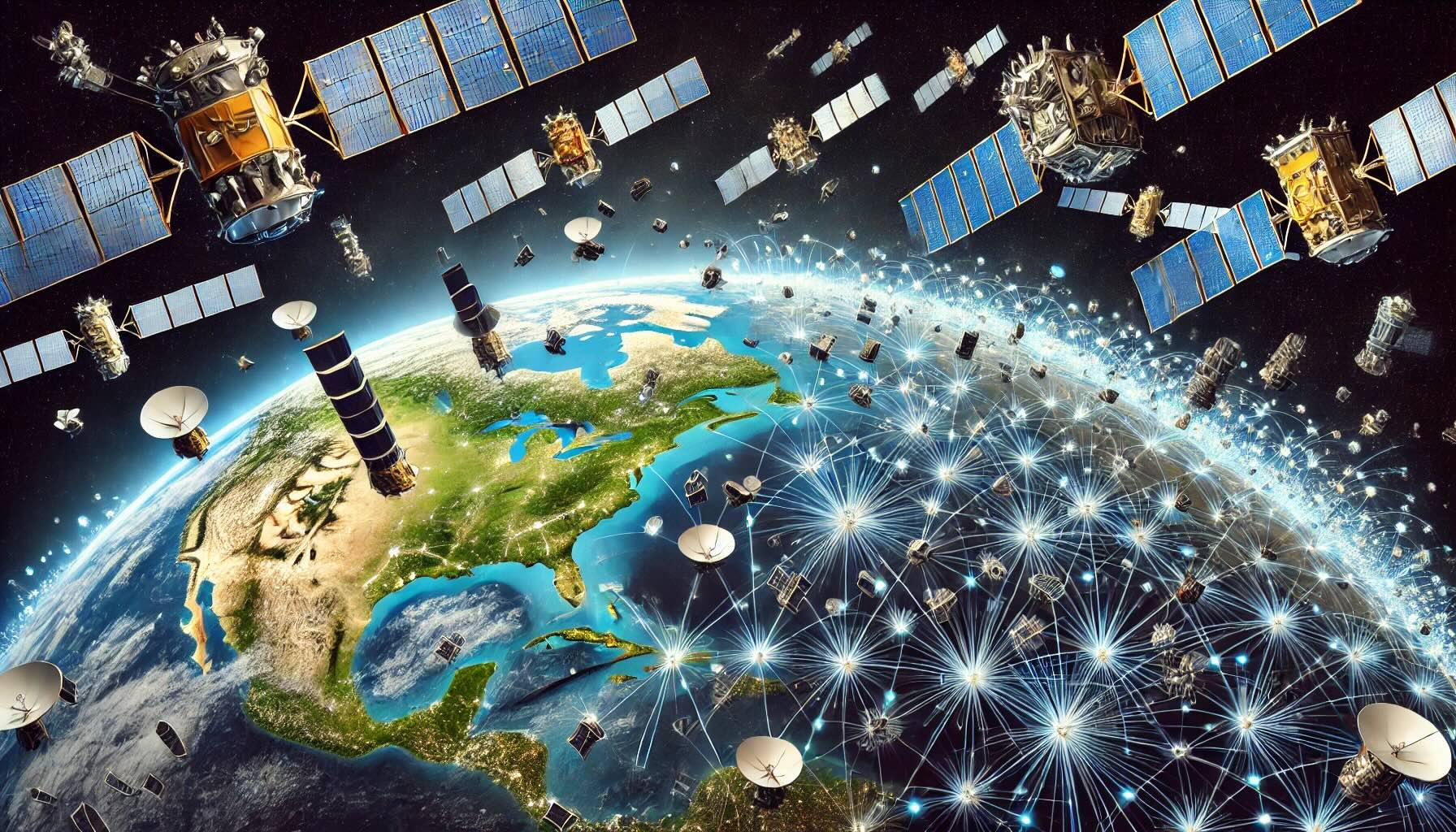
The search for clean, renewable energy sources has inspired engineers and scientists to look for creative solutions outside of our planet. Using satellites to gather solar energy in orbit and then transfer it to Earth is one such concept. Space-based solar power, or SBSP, is a concept that has the potential to be an almost endless and sustainable energy source.
How It Works
Essentially, solar-beam solar power plants (SBSPs) collect solar radiation in space, transform it into electrical energy, and then use microwave or laser beams to send that energy back to Earth. An SBSP system's fundamental parts are solar power satellites (SPS) in orbit, a way to turn solar energy into electrical power, and a way to send that electricity back to Earth.
Advantages of SBSP
1. Continuous Energy Production: Unlike ground-based solar panels, which are constrained by daylight hours and meteorological circumstances, satellites in geostationary orbit receive sunlight 24 hours a day, enabling continuous energy production.
2. No Atmospheric Interference: Unlike terrestrial solar panels, there is no energy loss from absorption, dispersion, or reflection because the satellites are above Earth's atmosphere.
3. High Efficiency: SPS may be engineered with cutting-edge energy conversion technologies and high-efficiency solar cells, potentially outperforming existing ground-based solar solutions in terms of efficiency.
4. Scalability: SBSP systems are highly scalable, enabling the production of enormous amounts of electricity to meet increasing demand by the deployment of additional satellites.
5. Global Coverage: SBSP systems can help close the energy gap by supplying energy to isolated or inaccessible areas by deploying satellites in strategic orbits.
Issues and Resolutions
SBSP has significant advantages, but it also has drawbacks. These include the expensive cost of satellite launches, the difficulty of building and maintaining extensive space infrastructure, and safety issues with wireless power transmission to Earth.
Researchers are looking into new technologies including lightweight materials for building satellites, reusable launch vehicles to cut costs, and sophisticated wireless power transmission techniques to guarantee reliable and efficient power delivery in order to address these issues.
Space-Based Solar Power's Future
Although space-based solar power is still in its experimental phase, interest in its potential has increased due to recent developments in renewable energy systems and space technology. The Japan Aerospace Exploration Agency (JAXA) and NASA, among other organizations, have carried out feasibility studies and research to investigate the practicality of SBSP.
Space-based solar power presents an intriguing image of a future when clean, abundant energy is shot down to Earth from space, powering our homes, industries, and cities, as the world continues to search for sustainable energy solutions to battle climate change and reduce reliance on fossil fuels. Even though there are still financial and technological obstacles to be solved, the idea of using solar energy from space has enormous potential to contribute to a more sustainable and environmentally friendly future.
------------
Source: www.esa.int









